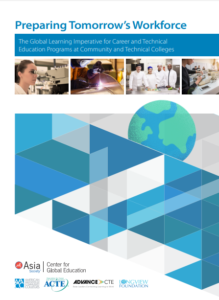One of the most important components of Career Technical Education (CTE) is work-based learning (WBL). For learners, WBL is an opportunity to learn and gain hands-on, in-the-field work experience in their career pathway. WBL exists on a continuum beginning with career awareness and exploration experiences such as field trips, job shadowing, mentorship and industry engagement. At the end of the continuum, learners begin preparing and training for the workforce through experiences such as internships, apprenticeships and co-ops. Along the way, learners build relationships and develop technical and professional skills necessary to transition into the world of work after they complete their CTE program. 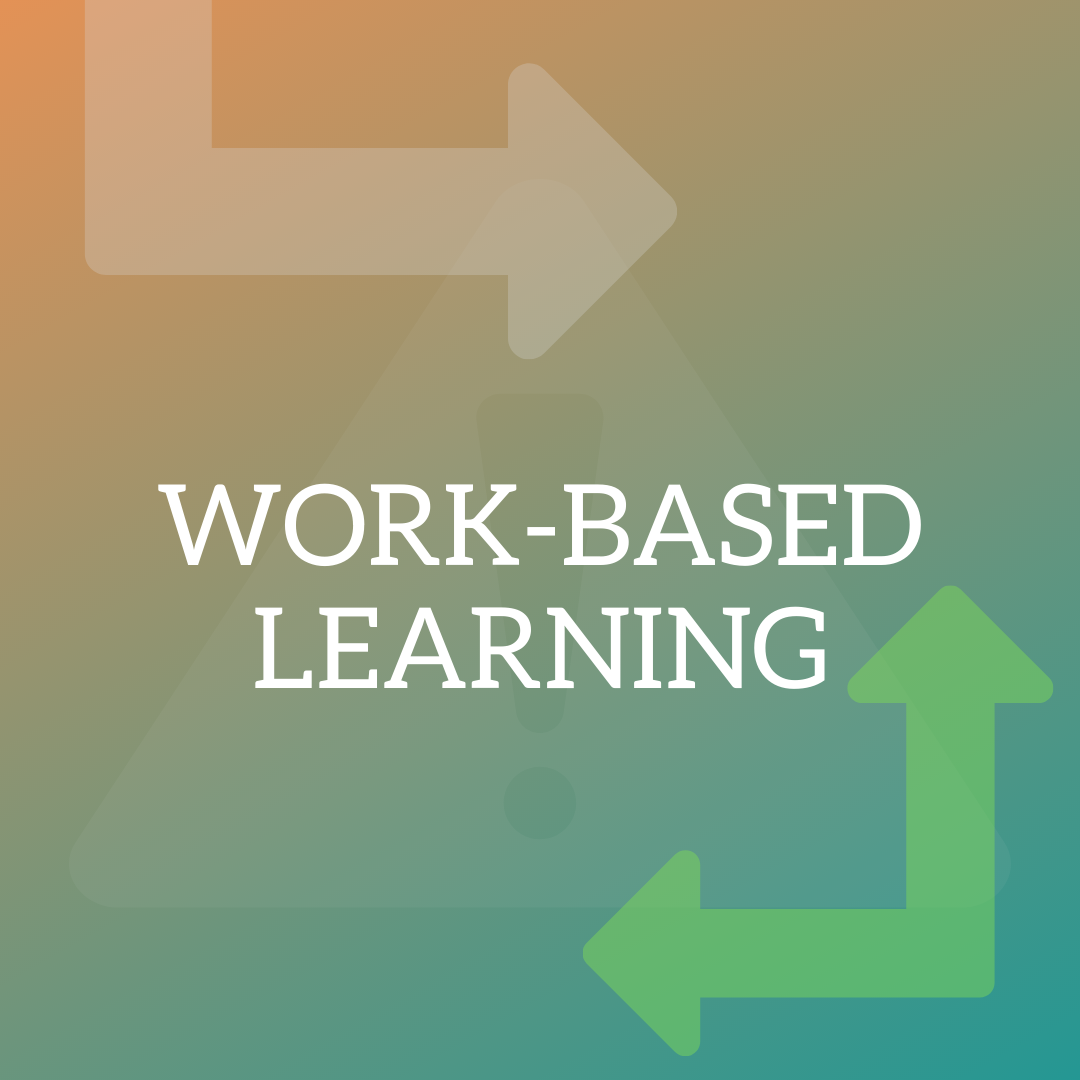
This spring and summer, however, WBL has ground to a halt for most CTE learners. COVID-19 (Coronavirus) has forced many American businesses to close their doors and, as a result, cancel or indefinitely postpone any WBL programs. Among the challenges facing State CTE Directors, policymakers and on-the-ground practitioners are:
- Industry partners disengaging as they shift focus to cutting costs and long-term planning for a likely recession.
- State and local government suspension of WBL programs.
- Ensuring that any solution to virtual or distance WBL does not exacerbate inequities.
- Knowing where to start. This is virtually unknown territory and many states and local leaders and businesses simply have no idea how to begin delivering WBL virtually or remotely.
Some states and local school districts have been able to provide career awareness and exploration experiences for learners through video platforms. In South Carolina, WBL coordinators are creating virtual tour videos for learners to finish their WBL hours. Learners in Texas; the Kansas City region; Orange County, California and the District of Columbia are encouraging industry engagement by partnering with for-profit companies such as Nepris, a site that connects learners to industry professionals through live industry chats and virtual job tours. The platform, which usually requires a paid membership, is free to all users for a limited time because of the Coronavirus. Other platforms include ConnectED’s “A Day In the Life” YouTube channel. Completely free, learners can gain insight into career opportunities across a variety of industry sectors. Learners can hear from professionals and learn what their daily work entails, how they do their work, and the path they took to accomplish their career goals.
While career awareness and exploration activities are easier to continue for learners with access to technology, career preparation and training still remains a challenge. Some private technology companies have converted their internship programs into virtual and remote experiences. Tech giant Hewlett-Packard plans to continue its summer internship program virtually for high school and college students in the Sacramento, California region. The company plans to send interns equipment so that they can connect online. However, the option to work virtually is harder to scale to other industry sectors.
The lack of WBL opportunities during the coronavirus pandemic has significant implications for equity. Many of the go-to alternatives for remote WBL require access to video conferencing software, home computers or mobile devices and reliable internet access. The Coronavirus pandemic has highlighted, and exacerbated, the digital divide that disadvantages rural and economically disadvantaged learners.
Additionally, Black, Latinx and economically disadvantaged learners often have less access to the social capital (professional networks) that White and professional-class learners have. WBL exposes learners to careers and professionals who they otherwise may not have the opportunity to engage with. Research has shown these engagements have the potential to close racial and economic equity gaps and increase the likelihood that economically disadvantaged learners exposed to WBL will work in high-quality, high-paying jobs as adults. By limiting access to meaningful WBL, the Coronavirus could take away a critical opportunity for learners to get a leg up on their careers.
WBL is a vitally important component of a learner’s education and career trajectory. The Coronavirus presents significant access challenges, but also creates an opportunity for creativity and innovation. In the weeks and months ahead, it will be vitally important for local and state CTE systems and the private and public sector to work collaboratively and push the creative boundaries on what an engaging and formative WBL experience can look like for learners and industry alike.
Brian Robinson, Policy Associate



 The U.S. Department of Education added a
The U.S. Department of Education added a 
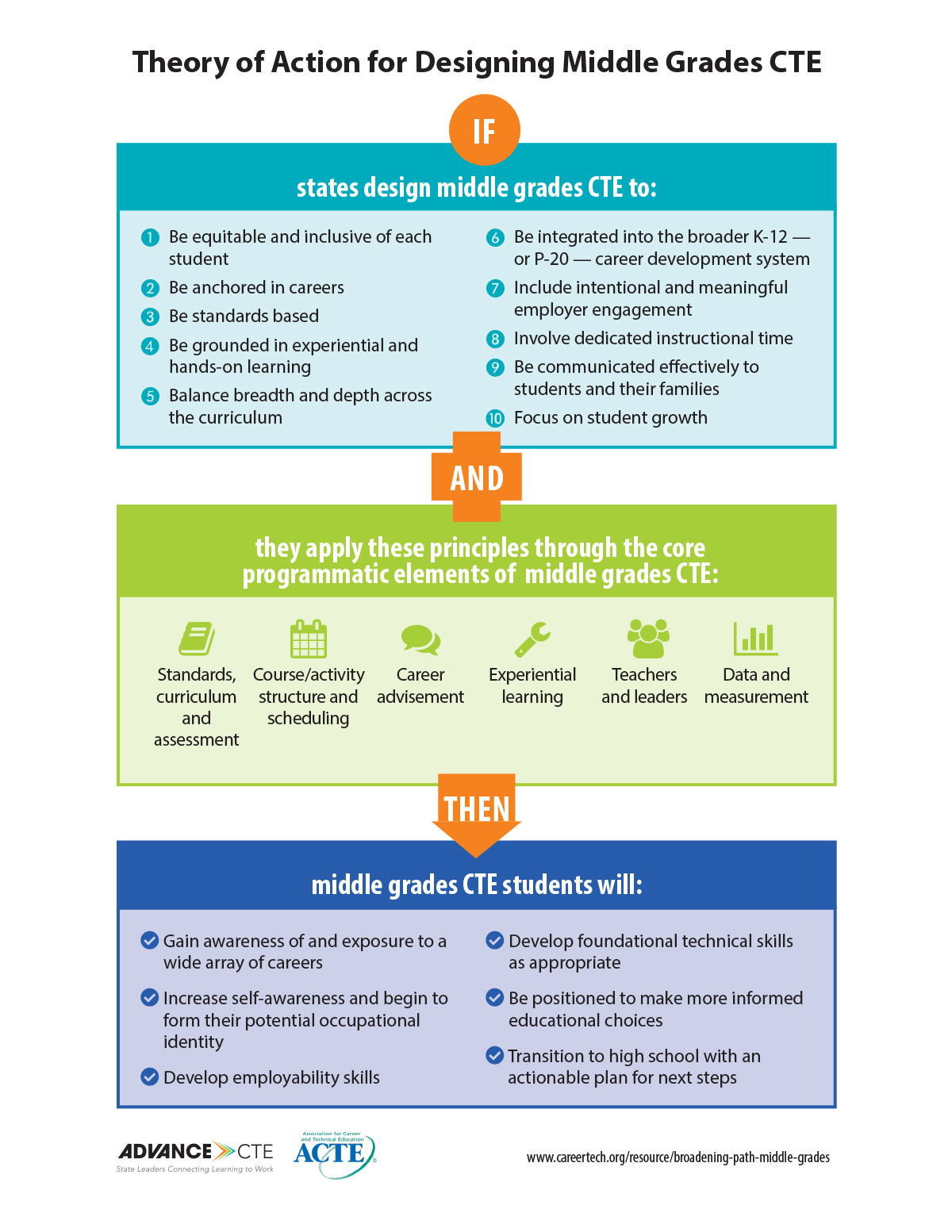
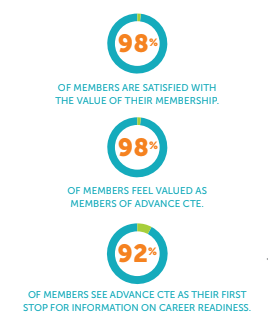

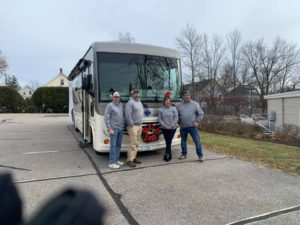 Showcase CTE
Showcase CTE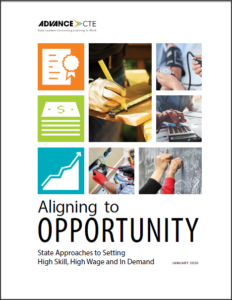 The Strengthening Career and Technical Education for the 21st Century Act (Perkins V) places a strong emphasis on the alignment of Career Technical Education (CTE) programs of study with state, regional and local economies. The legislation requires Perkins-funded programs to prepare students for “high-skill, high-wage, or in-demand occupations.” These terms — high skill, high wage and in demand — are foundational to Perkins V, appearing in both the purpose of the law and the definition of CTE.
The Strengthening Career and Technical Education for the 21st Century Act (Perkins V) places a strong emphasis on the alignment of Career Technical Education (CTE) programs of study with state, regional and local economies. The legislation requires Perkins-funded programs to prepare students for “high-skill, high-wage, or in-demand occupations.” These terms — high skill, high wage and in demand — are foundational to Perkins V, appearing in both the purpose of the law and the definition of CTE.